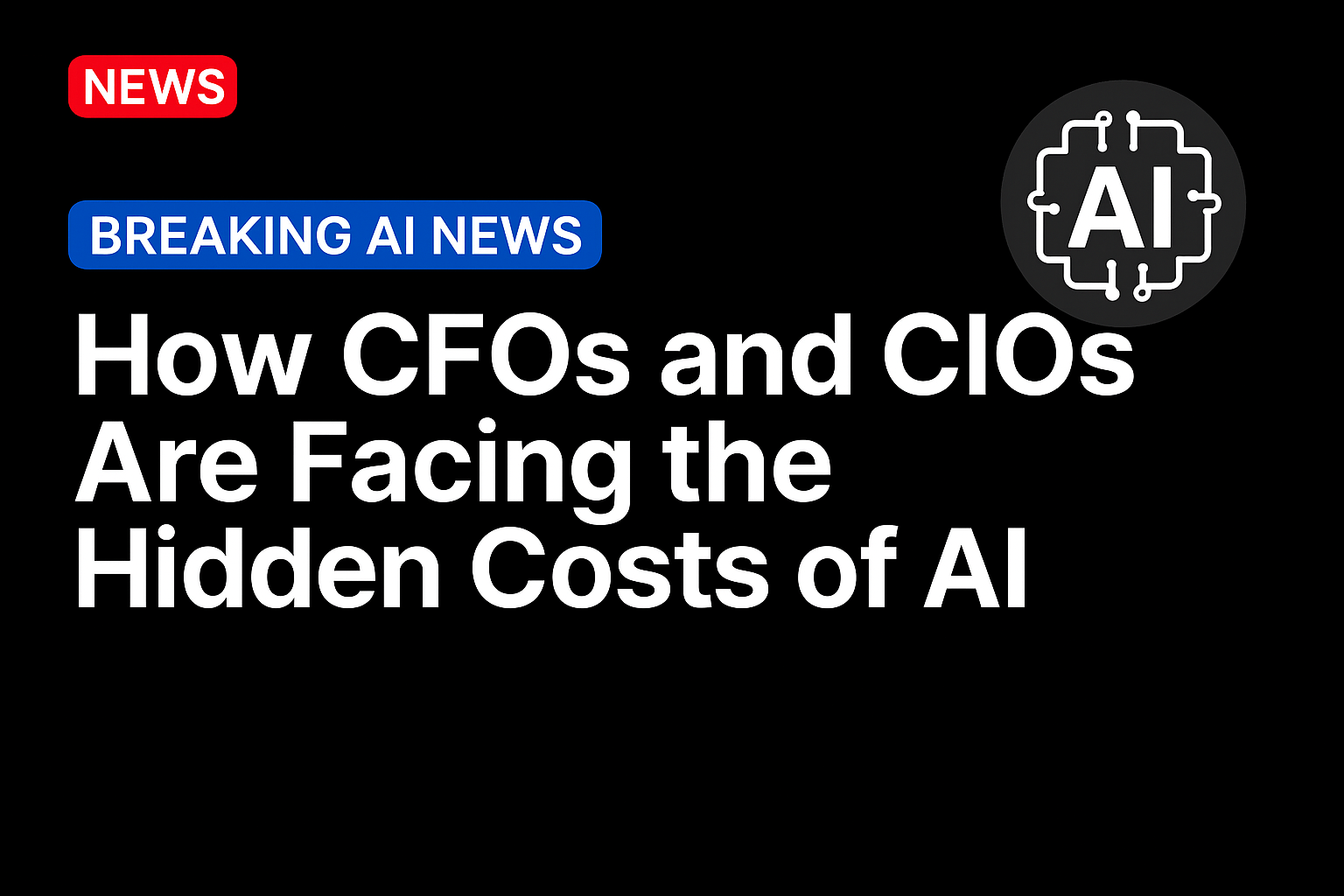
Artificial intelligence (AI) entered the business world with a promise of speed and savings. It’s now showing up as a line item on the balance sheet and a backlog in IT. The World Economic Forum reports that CFOs are uncovering hidden costs beneath the promise of automation, while another analysis finds that CIOs are facing a growing tangle of systems that need to be managed, patched and paid for.
The World Economic Forum reports that many AI deployments fall short because companies underestimate the less visible costs of implementation. Data preparation, system integration, retraining and governance often consume more resources than the initial software or cloud fees.
Cognizant CFO Jatin Dalal, writing for the Forum, describes a collaboration with Telstra where multi-agent AI compressed weeks of engineering work into days, but the real outcome depended on how those saved hours were redeployed.
Dalal argues that CFOs should treat AI as a capital investment, not an experiment. This means mapping full ownership costs, building ROI models tied to business metrics, and reinvesting productivity gains into higher-value work rather than letting them be absorbed into daily operations.
Technical Debt Is Real
CIOs face the other side of the ledger. A CIO.com analysis warns that fragmented AI experiments are already creating a new layer of technical debt. Departments launching isolated pilots or using separate models often leave behind code, pipelines and data assets that require maintenance long after projects stall.
Simon Wallace, co-founder of Suffrago, told CIO that organizations without a coordinated AI plan end up with “tools gathering digital dust.” Generative AI compounds that risk by generating redundant or poorly documented code that inflates maintenance costs. Even modernization projects such as Microsoft’s use of AI to refactor Java and .NET systems need strict version control and governance to prevent one debt cycle from replacing another.
The financial weight of these systems is rising too. Bloomberg has reported that major tech companies have raised over $170 billion in debt to fund AI infrastructure, underscoring how deeply tied AI growth is to capital exposure. When productivity gains lag, those borrowings magnify the risk.
CIOs are now enforcing stronger controls: centralized governance boards, documentation requirements, and sunset rules for pilots that fail to scale. The aim is to keep AI architectures lean and avoid turning quick wins into long-term liabilities.
Metrics That Matter
The latest PYMNTS Intelligence data shows that only 26.7% of CFOs plan to increase gen AI budgets in 2026, down sharply from 53.3% the previous year. CFOs are redirecting funds toward agent-based systems that automate defined workflows and deliver traceable returns.
At the same time, PYMNTS finds that leading enterprises are refining how they calculate gen AI’s returns. Karen Webster writes that “CFOs are using gen AI to model complex financial scenarios, analyze working capital positions and detect anomalies in millions of transactions,” part of a broader shift from tracking projects to tracking performance.
Source: https://www.pymnts.com/




